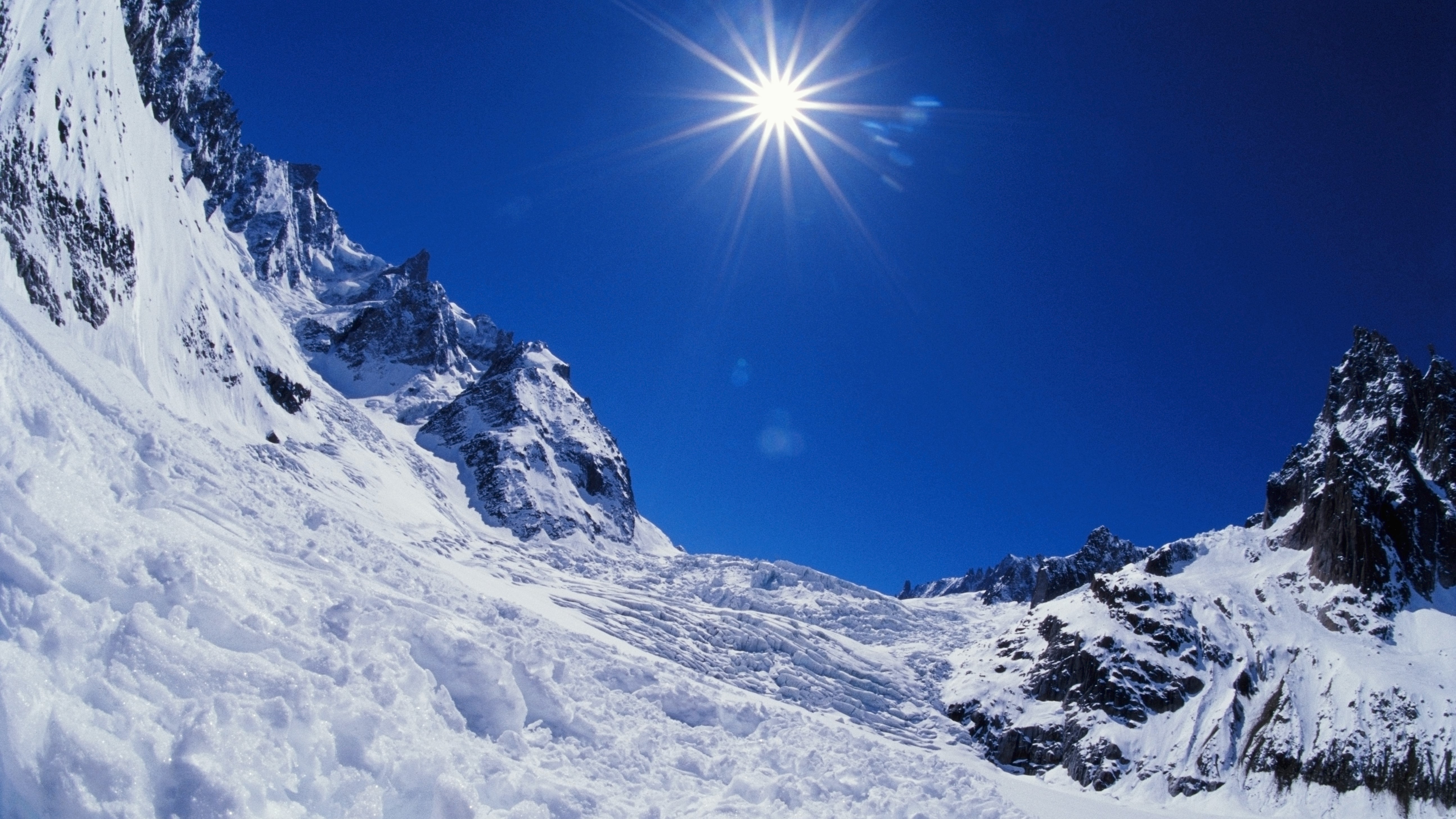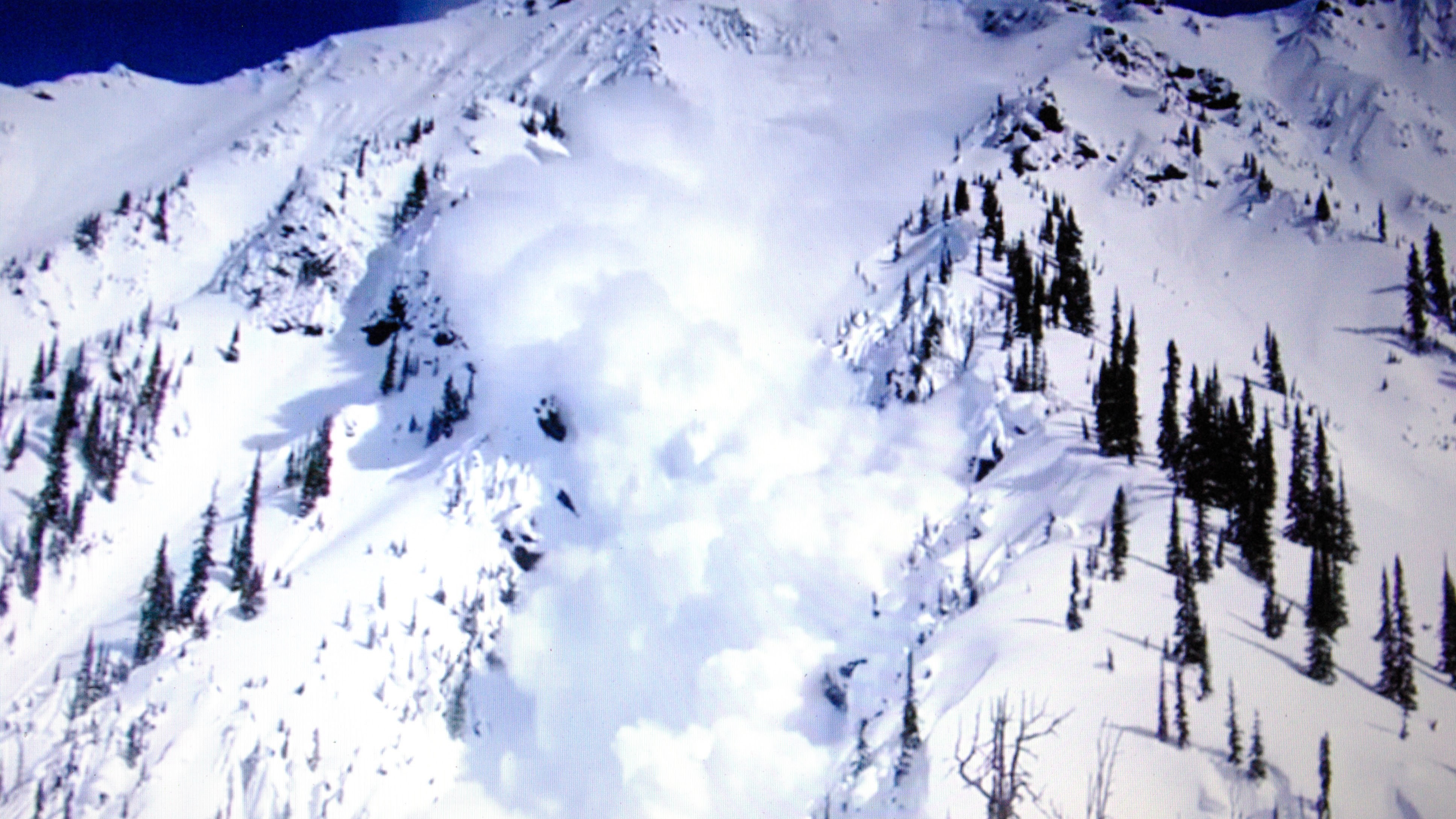
On Saturday morning, Colorado's Silverton Mountain Ski Area announced on Facebook that the resort had woken up to more than seven inches of fresh snow dropped by an overnight storm. The following morning, the first skier-triggered avalanche of the season was reported on the mountain, almost a year to the day from the first such slide reported last year.
Though the lifts won't be spinning at most resorts for a few more weeks, the early season conditions have been promising enough that some over-eager backcountry skiers couldn't resist pulling their ski pants on and heading out. According to a field report by the Colorado Avalanche Information Center, two skiers had skinned up a north-facing ridge in Grassy Bowl on Sunday and were skiing down when the downhill skier saw a crack appear and moving snow.
The second skier then triggered a secondary slide over the top of the first at the same spot. Both skiers were able to safely ski out and report the slide. According to the report, "minor whumphing and cracking" was observed on the skiers' skin track – where they had broken trail on their uphill journey – and there was a "noticeable difference in snow structure from temperature variation through storm."
Silverton Mountain has just one chairlift and its terrain is for expert skiers or riders only. The resort doesn't open until December, but even then the terrain is unpatrolled and ungroomed, meaning avalanche gear is required to ride the lift at all times.

Avalanche safety
Though the months of December through April tend to see the most fatal avalanches in Colorado, avalanches usually begin in the state in October and early season conditions can be extremely treacherous due to unstable snowpack and freeze/thaw conditions.
If you are heading out into the backcountry on a slope that is 30 degrees or steeper, you are always at risk for an avalanche. The biggest step you can take to keep yourself safe is to learn how to read an avalanche forecast and take an avalanche safety class where you will learn how to recognize unstable snow, techniques for navigating out of an avalanche once you’re in it and knowing how to use an avalanche beacon and shovel.







